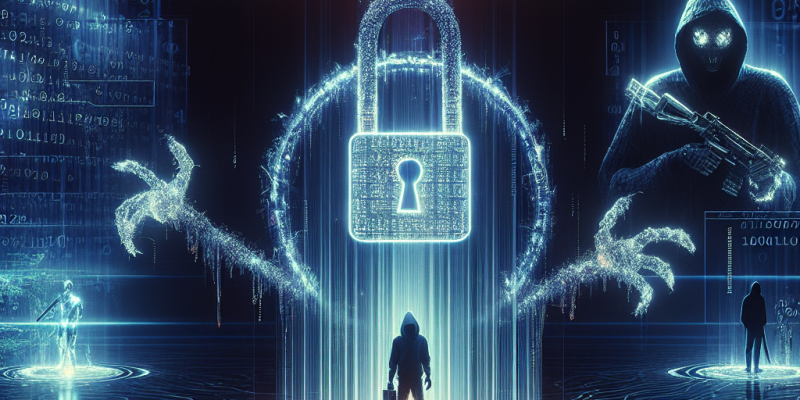Ransomware Evolution: What 2025 Holds for Cyber Extortion

As we move further into 2025, the world faces a growing threat from ransomware attacks. These attacks have changed significantly over the years, becoming more sophisticated and widespread. Understanding how ransomware has evolved helps predict what may come next.
The Changing Face of Ransomware
In the early 2000s, ransomware was relatively simple. Attackers would lock files and demand a small ransom, usually in exchange for a decryption key. However, over the years, these attacks have become more complex and damaging. Today, cybercriminals often steal sensitive data before encrypting it. They then threaten to release this data if the ransom is not paid. This method puts tremendous pressure on companies and organizations.
The Rise of Ransomware-as-a-Service
One major trend in ransomware is the rise of Ransomware-as-a-Service (RaaS). In this model, hackers create ransomware tools and sell them to other criminals. This allows even those with little technical knowledge to launch attacks. As a result, ransomware has become more accessible and widespread. In fact, many attacks we see today come from amateur hackers using RaaS platforms.
Targeting Critical Infrastructure
In 2025, hackers are focusing more on critical infrastructure. In past years, we saw significant attacks on hospitals, utilities, and transportation systems. These types of attacks can lead to severe disruptions, risking lives and causing significant financial loss. Governments are becoming more aware of this threat and are increasing protective measures. However, as defenses improve, so do the attackers’ techniques, leading to an ongoing battle.
The Role of Artificial Intelligence
Artificial intelligence (AI) is changing many sectors, including cybersecurity. In 2025, we can expect that both attackers and defenders will use AI. Cybercriminals may use AI to automate attacks, making them faster and more deadly. On the other hand, cybersecurity firms are using AI to detect unusual behavior and respond more effectively to threats. This arms race between attackers and defenders will influence how ransomware evolves.
The Future of Ransomware
Looking ahead, several trends will shape ransomware in the coming years:
-
Increased Personalization: Attackers may tailor attacks to specific targets, using data to make their demands more convincing.
-
Hybrid Attacks: We may see a combination of ransomware with other types of cyberattacks. For example, attackers could use Distributed Denial of Service (DDoS) tactics alongside ransomware to increase pressure on victims.
-
Legal and Ethical Challenges: Governments worldwide are grappling with how to handle ransomware. Some countries are moving towards banning ransom payments, while others are focusing on improving cybersecurity practices. This shift could change how companies respond to attacks.
Preparing for the Future
Organizations must be proactive in their defense strategies. This includes regular data backups, employee training, and investing in cybersecurity tools. The threat of ransomware is not going away, and preparedness is key to minimizing its impact.
In conclusion, ransomware evolution is an ongoing challenge in the cyber world. As we look to 2025, businesses and individuals alike must remain vigilant. Understanding the trends and preparing for future threats will be crucial in staying ahead of cyber extortionists.














